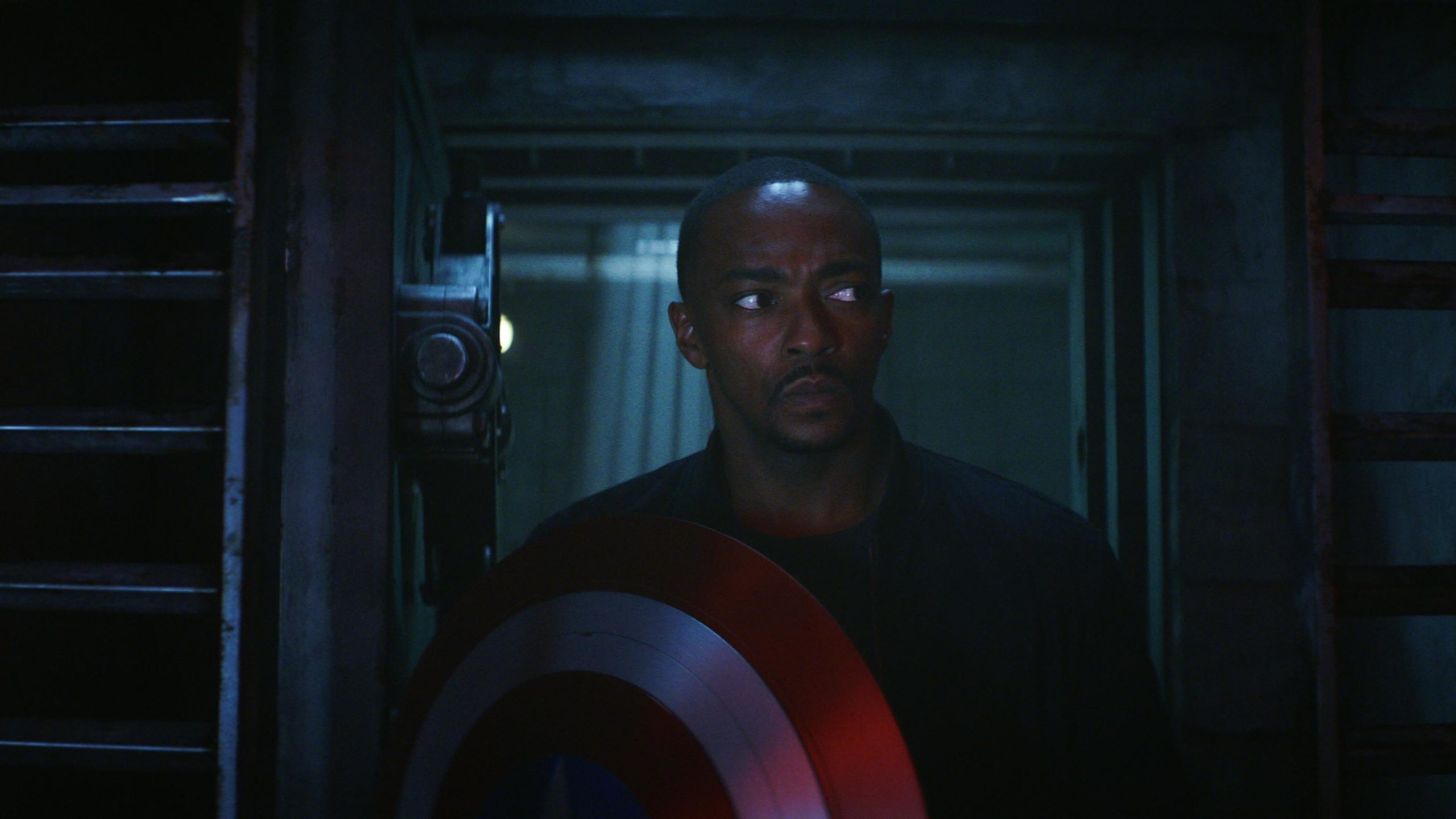Director Julius Onah propels Sam Wilson/Captain America (Anthony Mackie) into the fractured geopolitical landscape of the Marvel Cinematic Universe, or MCU, on February 14. When a ghost from President Thaddeus Ross’ (Harrison Ford) past seeks to destroy his legacy, the world is pushed to the brink of war over a newly unearthed resource, adamantium. With the president’s inner circle compromised, Captain America goes rogue in order to discover the leader behind these schemes before a global conflict catches fire. Faced with superhuman threats and personal stakes, Sam Wilson must become a symbol of what America should strive to be in a brave new world.
While the film doesn’t quite reach the highs of previous “Captain America” installments, “Brave New World” is grounded by its intentionality.
Saying this movie was made with “intention” deserves a bit of an explanation. In a broad sense, MCU films have a history of being very average when it comes to their filmmaking expertise. They are often shot with washed, gray color palettes, flat lighting and standard medium shots. This allows for the producers and directors to have the most freedom in post-production because, simply put, it is a lot easier to insert the Hulk into a scene when the visual effects artists are not competing with harsh shadows, vibrant landscapes or complex cinematography. While there is nothing inherently wrong with this style of filmmaking, it has led a lot of MCU projects to looking and feeling as if they have been directed regardless of characters, tone or who’s behind the camera. To a welcomed surprise, however, “Brave New World” has a directorial vision when it comes to its composition.
Serious arguments between Sam and Thaddeus are filmed with close-up shots that allow the audience to feel the intensity of their exchanges. Secret facilities are poorly lit, leaving parts of the set and character features obscured by shadows. A city-wide brawl between Captain America and the Red Hulk takes place at sunset. While these sound like very basic film elements — and they are — their inclusion here does a lot to make this movie feel more like a film.
Another way in which deliberate choices enhance “Brave New World” is through its connectivity to the larger MCU. Yes, the MCU has always been a shared universe, but post-“Spider-Man: Far From Home,” that cohesion has been lost, leaving the recent run of movies and shows feeling directionless and in a state of disarray. Thankfully, that ends here, because “Brave New World” not only knows what multiverse it’s in but has fun playing in the Marvel sandbox as it deals with the ramifications created by a plethora of past projects.
Right in the opening scenes, audiences are reminded of the Hulk’s rampage through Harlem from 2008’s “The Incredible Hulk” — they even play footage from the film as part of a news feed. Not only that, but Tim Blake Nelson reprises his role as Samuel Sterns and is now the villain in “Brave New World.” Linking back to a more recent Marvel outing, “Eternals” finally gets a reference — “She-Hulk: Attorney at Law” and “What If…?” do not count. A humongous Celestial nearly destroyed the Earth in 2021 and the ramifications of that were never addressed, until now. Framing this cosmic being as a resource world nations are vying for control over is realistic and leads to a natural reintroduction of events from this forgotten film – having it be how adamantium is introduced in the MCU is the cherry on top. More details akin to these ones flesh out the world and make this movie feel consequential in a franchise with over 40 movies and TV shows.
With the hyper-obsessive nerd rant out of the way, perhaps the greatest attention to detail that truly makes “Brave New World” shine is its focus on its central character. Superheroes often deal with events bigger than themselves, obviously, but they can often get lost in the noise of secret societies, flying cities and multiversal threats. Even though Sam does encounter his fair share of larger-than-life obstacles, the story manages to keep him, his beliefs and his choices at the heart of the film.
Sam isn’t a super soldier, and the movie never forgets that. He cannot fight a Hulk in the same way Steve Rogers could or demand respect from the president simply because of who he is; Sam is a normal guy and the writers use that to craft compelling scenes. Sam was introduced into the MCU as a counselor, and it is great seeing that characterization return here. He is always forming connections with those around him and opting to talk foes out of a situation instead of throwing his shield first and asking questions later. While he is still the superhero Captain America, Mackie brings such a human element to the moniker, grounding it in such a way that he reminds viewers that “Captain America” isn’t an alien-fighting time traveler, but a symbol for truth, justice and loyalty that everyone should strive to become.
There is one major part of the movie that was not met with the same care, and that was, unfortunately, the ending. Spoilers will not be given, so all this review will say is that once the movie reaches its third act, it ends abruptly. A lot of the in-universe issues and threats are seemingly left dangling for future projects to address. This lack of a definite resolution makes for an unsatisfying conclusion since nothing was really solved – the situations were merely made slightly less catastrophic by the time the credits rolled.
All of that in mind, while “Brave New World” is not nearly as good as “Captain America: Winter Soldier” or “Captain America: Civil War,” it still makes for a great watch because of the intentionality that went into crafting this film.
3.5/5
—
Photo via Marvel Studios

